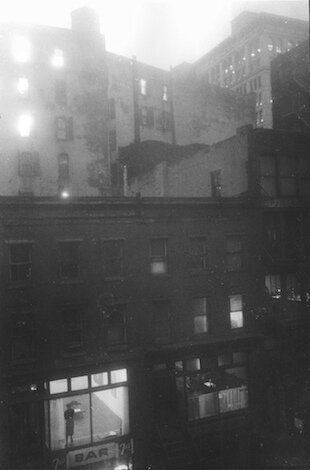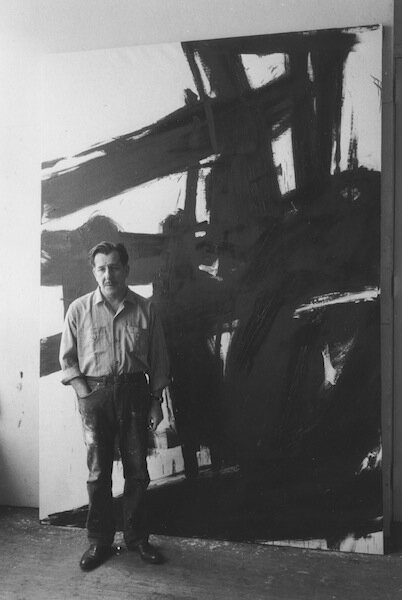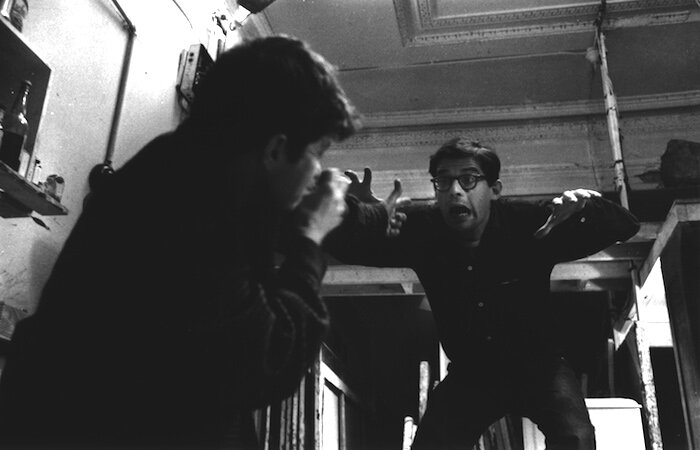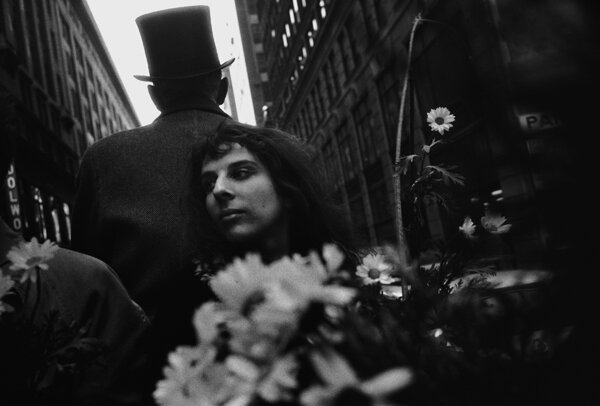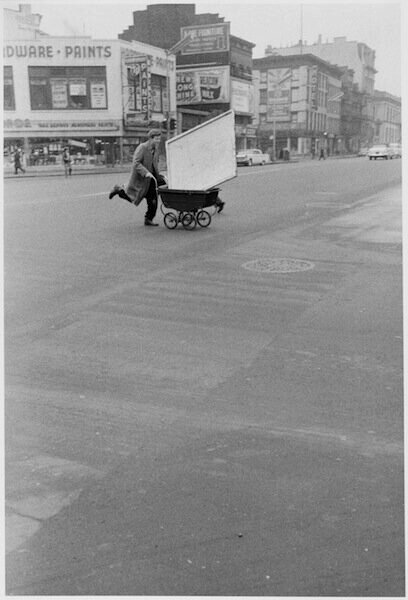Downtown Art Scene 1957-1962 (For art world figures photographed by John Cohen please click here)
…New York’s Tenth Street is to the twentieth century what Paris was to the nineteenth: the art center of the world. -Esquire Magazine, Sept 1959
John Cohen studied painting at Yale School of Fine Arts in the mid 1950s. While there, under the tutelage of Josef Albers and Herbert Matter, Cohen shifted his creative practice to photography and film. After graduating, he moved to the Lower East Side in New York City and easily assimilated into the artistic community of painters, writers, photographers, musicians and performers.
At that time, many artists would gather regularly at the Cedar Tavern in downtown Manhattan. Near Washington Square in Greenwich Village, a few blocks from the studios and galleries by Cooper Union and the Bowery, the Cedar Tavern was a focal point of the social history for post World War II painters and writers. Philip Guston, Franz Kline, Mercedes Matter, Aaron Siskind and Frank O’Hara were among those photographed in lively conversation.
Artist run and experimental galleries opened around E. 10th Street in the heart of where the artists lived and worked. At the Reuben Gallery Cohen photographed performances by Red Grooms, Claes Oldenberg and Allan Kaprow. The installations at the Tanager Gallery provide an insider’s view into work done by significant artists at the early stages of their creative careers.
Beats 1959-1960 (For Beats figures photographed by John Cohen please click here)
Robert Frank had recently published his seminal book, The Americans, when he invited his neighbor John Cohen to photograph the filming of Pull My Daisy in 1959. Pull My Daisy, Frank’s first film - co-directed with Alfred Leslie - is considered the quintessential film of the Beat Generation. Cohen’s images mirror the improvisational camaraderie of the cast which includes writers Jack Kerouac, Allen Ginsberg and Gregory Corso; painters Alice Neel and Larry Rivers; musician David Amram; actress Delphine Seyrig; and art dealer Richard Bellamy.
The casual presence of partners, children and visitors adds to the sense of work, play and daily life that informs the film. Cohen’s is a private view into the relaxed, antic play of Ginsberg, Corso and Amram in Leslie’s loft, Kerouac’s singing at a diner, and the festivities thrown at the end of the filming which included guests Meyer Shapiro and Zero Mostel among others.

